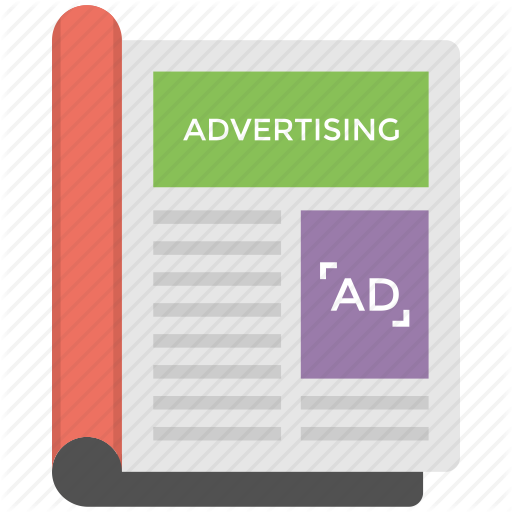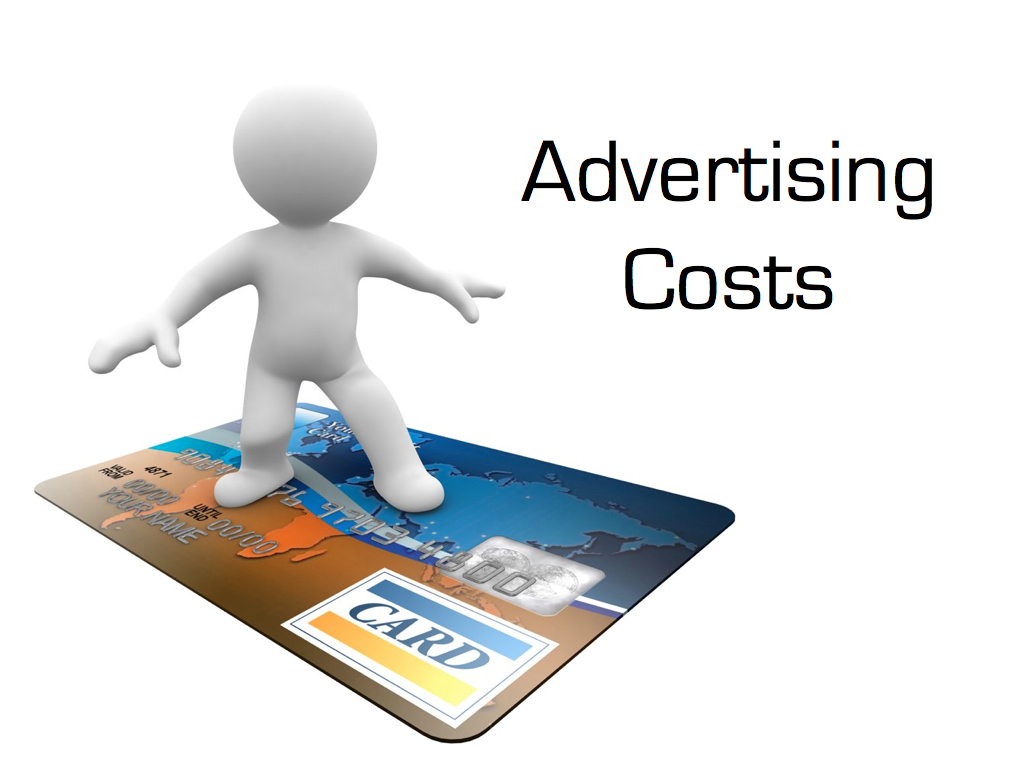Print advertising has been the traditionally used medium for advertising and this business has been flourishing since the inception of newspapers and magazines. While print advertising has a plethora of advantages to offer, we must not forget that there are always two sides to a coin, and print media to suffers from a few drawbacks.
Let us discuss the limitations of print advertising :
- Limited Shelf Life :
Newspapers are usually read once or twice, and thereafter sold off to scrap dealers or are simply thrown away. The average effective life of a newspaper, for any individual, is estimated to be a maximum of 15 to 20 minutes only. Typically, no reader refers back to an outdated newspaper issue and therefore, advertisers must repeat their advertisements to ensure that the advertisement has a lasting impact.
- Uncertainty :
Since many readers tend to read newspapers in a rush, there is no guarantee that the advertisements will definitely be read. There is a high degree of uncertainty involved with newspaper advertisements, as readers might give the advertisement a total miss.
- Limited readership due to Literacy factor :
Newspapers are meant to be read, and hence advertising through newspapers does not work for people who cannot read or write. The readership of newspapers is consequently limited to educated people only. This is a major problem with the rural areas, where literacy rates are reasonably lower than elsewhere.
- Lack of quality reproduction :
Newspapers involve the use of low-quality paper for publishing purposes. The desired visual effects may not be achieved, and the advertisement may not be appealing to the audience.

- Availability of modern advertising mediums :
There are better and modernised mediums for advertising available today. Advertising through radio, television or internet, though expensive, are remembered much more than newspaper advertisements on account of an audio/video element attached to it.
- Competitor Threat :
As newspapers are a highly visible medium, competitors may instantly react to the advertisements published.
- Lack of control over Ad Placement :
Newspapers do not guarantee publishing of advertisements on particular premium pages. There are high chances of the advertisements not being published on the desired page or desired dates when the ad space runs out for a particular date.
- Advertisement Clutter :

Multiple advertisements when printed on the same page tend to create unnecessary visual clutter, causing people to overlook specific advertisements. Advertisers with smaller advertisements, often run the risk of not catching the attention of potential customers when they are overlooked due to the clutter created by other competing advertisements.
- Lesser Targeting :
Newspaper advertisements generally broadcast the message to one and all alike. They do not project the advertisements as specifically meant for a certain audience group. It is often difficult to target a specific target audience through newspaper advertising.

- Increase in Advertising Cost :
To enhance the appeal of the newspaper advertisement, the advertisers often need to spend more towards the advertisement design, as compared to a plain text advertisement. Graphics, colours and images are employed to enhance the visual appeal of the advertisement, which incurs extra expenditure on the advertising campaign. Furthermore, advertisements need to be published frequently in order to be remembered by the audience. Repeated advertising too implies an increase in advertising expenses.
- Lead Time Delays :
As print media requires production, the information requires a lead time before it is processed and published in the newspaper. Sometimes this causes the information to become obsolete even before it reaches the audience.
To conclude, every advertising medium is effective in its own way. It is required to plan the advertisement stressing on the positive aspects of the advertising medium concerned while working to minimise the adverse effects of advertising through print media.

